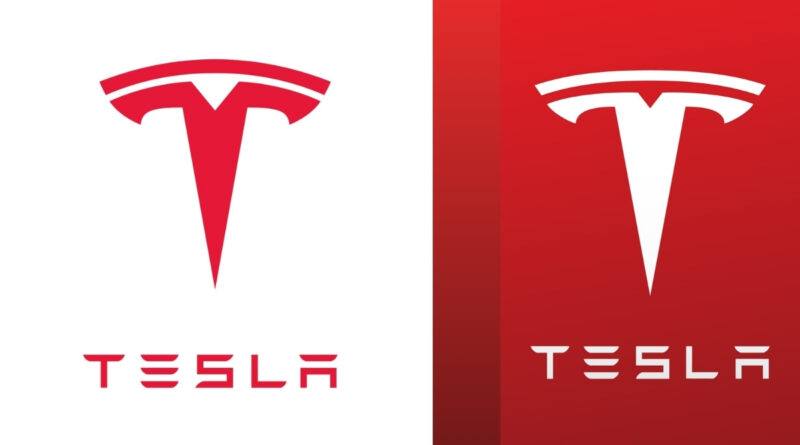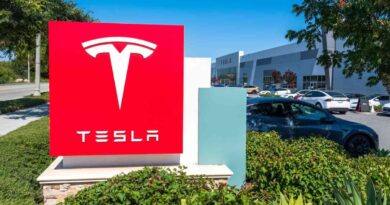Tesla Now On A Pursuit To Be $8.5 Trillion Company
Economy & Business | The WFY Magazine, September 2025
Tesla’s $8.5 Trillion Dream: Robots, Robotaxis, and Investor Faith
When the board of Tesla approved Elon Musk’s record-breaking pay package earlier this month, the headlines focused on the size of the reward. What drew less attention, but carries far more significance, is the scale of ambition behind it. For Musk to qualify for the full package, Tesla must grow from a USD 1 trillion company today to USD 8.5 trillion in value within a decade. To put this in perspective, that would make Tesla worth more than Microsoft and Nvidia combined at their current valuations. The question, then, is not about Musk’s paycheck, but whether Tesla can truly transform itself into a business of such staggering magnitude.
A Pay Package Built on Giant Milestones
Tesla’s board tied Musk’s potential payout to 12 ambitious milestones, linked to profits, products, and market capitalisation. The structure itself shows where the company sees its future: not merely in cars, but in AI-powered mobility and robotics.
- Robotaxis: Tesla envisions a fleet of self-driving vehicles generating ride-hailing revenue at levels far beyond Uber’s current USD 52 billion annual turnover.
- Optimus Robots: Musk’s humanoid robots are expected to become the backbone of Tesla’s valuation, with sales possibly reaching 100 million units annually.
- Profitability Targets: The package calls for EBITDA of up to USD 400 billion, far beyond Tesla’s current USD 13 billion.
At present, Tesla trades at around 75 times EBITDA, reflecting investor faith in future growth despite weakening vehicle sales. To reach USD 8.5 trillion, Tesla does not need to hit every financial milestone—it needs to convince investors that the story of exponential growth is credible.
Betting on the Robotaxi Revolution
The idea of robotaxis has been central to Musk’s vision for years. Tesla already runs a small pilot fleet in Austin, Texas, but the dream is much larger: a million autonomous vehicles on the road, generating recurring revenues that dwarf traditional car sales.
Investment analysts estimate that such a network could carry a market value of over USD 1 trillion if Tesla can deliver reliable, safe, and scalable self-driving software. The company’s advantage lies in its massive data pool from millions of vehicles already on the road, feeding into machine learning systems.
But challenges are real. Regulatory approval for fully autonomous vehicles remains patchy worldwide, while safety concerns have slowed adoption. Tesla will need to balance speed with caution, as one high-profile failure could set back investor confidence dramatically.
Robots as Tesla’s Core Business
While robotaxis may dominate near-term discussions, Musk has hinted that humanoid robots—Optimus—could eventually account for 80% of Tesla’s value. This is a breathtaking claim, but it reflects how radically the company sees its future.
Consider the numbers:
- Optimus is expected to be priced at around USD 25,000.
- At Tesla’s current 15% EBITDA margin, selling 100 million units annually would generate USD 375 billion in profits—close to the USD 400 billion profit target tied to Musk’s pay.
- Even if profit margins doubled, Tesla would still need to sell at least 50 million robots per year, an astronomical figure compared with today’s robot market.
The global robotics industry was valued at around USD 40 billion in 2024, with projections to grow into the trillions. But reaching tens of millions of humanoid sales each year implies Tesla believes it can create a consumer market for robots as commonplace as cars or smartphones.
The Valuation Puzzle
Tesla’s market valuation is heavily dependent on investor sentiment. Today, the company trades as a growth stock, with expectations of tomorrow outweighing the reality of falling car deliveries. For Tesla to hit USD 8.5 trillion, investors would need to continue pricing it at lofty multiples.
- At the current multiple of 75x EBITDA, Tesla would require USD 113 billion in annual profit to justify an USD 8.5 trillion valuation.
- The company’s pay package assumes as much as USD 400 billion in EBITDA, giving plenty of headroom.
- If multiples fall closer to traditional automakers, Tesla’s task becomes far harder.
The valuation question boils down to confidence: will markets believe Tesla can dominate entirely new industries the way it once disrupted automotive manufacturing?
Investor Optimism vs. Operational Reality
Ark Invest, one of Tesla’s most bullish backers, forecasts that the company could be worth USD 7 to 11 trillion by 2029, driven largely by robotaxi revenues. Their models suggest ride-hailing income alone could exceed USD 950 billion annually, with Tesla pocketing up to 60% of fares—double the share that Uber currently enjoys.
But optimism must meet execution. Tesla faces declining car sales, slowing demand for electric vehicles in key markets, and increased competition from Chinese automakers such as BYD. Operational hurdles, from battery production to software reliability, will determine whether the company can turn bold forecasts into real numbers.
Banking on Bots
Musk has consistently shifted attention from cars to robots. If Optimus succeeds, Tesla would redefine itself from an automaker into a robotics and AI company. This rebranding aligns Tesla with Nvidia and Microsoft—firms valued for their role in powering the AI economy.
Yet, producing tens of millions of humanoid robots annually is not just a technical leap but also a social one. Will households, factories, and businesses adopt human-like machines at such scale? Will governments approve wide deployment? The answers remain uncertain, but Tesla is betting that demographic pressures, labour shortages, and consumer appetite for automation will create unprecedented demand.
Numbers in Perspective
- USD 8.5 trillion: Target valuation for Tesla under Musk’s new package.
- 100 million: Annual humanoid robot sales needed to reach top profit milestones.
- USD 400 billion: EBITDA profit goal tied to Musk’s compensation.
- USD 13 billion: Tesla’s expected EBITDA this year.
- 1 million: Robotaxis Musk aims to deploy in the near future.
- USD 7–10.9 trillion: Ark Invest’s optimistic forecast for Tesla’s valuation by 2029.
These figures highlight the massive gap between today’s reality and tomorrow’s expectations.
Concluding Thoughts
Tesla’s future rests less on how many electric cars it sells and more on whether it can pioneer entirely new industries. Musk’s wager is that robots and robotaxis will transform Tesla into a company valued in the trillions. For now, this remains part aspiration, part execution challenge, and part market psychology.
If Tesla can achieve even half of what Musk envisions, it would still stand among the most valuable companies in history. Whether it can scale Optimus and robotaxis to the level required is uncertain, but investor faith continues to treat Tesla not as a carmaker, but as the company that could define the next technological era.
© The WFY Magazine | Sunita Krishnan: The WFY Bureau Desk |
Disclaimer: This article has been written in original words for The WFY Magazine using publicly available information up to September 2025. It avoids direct quotations from third parties. The analysis is intended for general awareness and understanding of economic and business trends, not financial advice.




